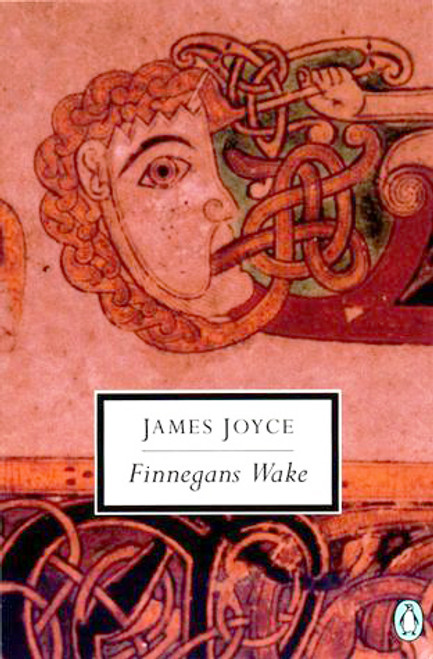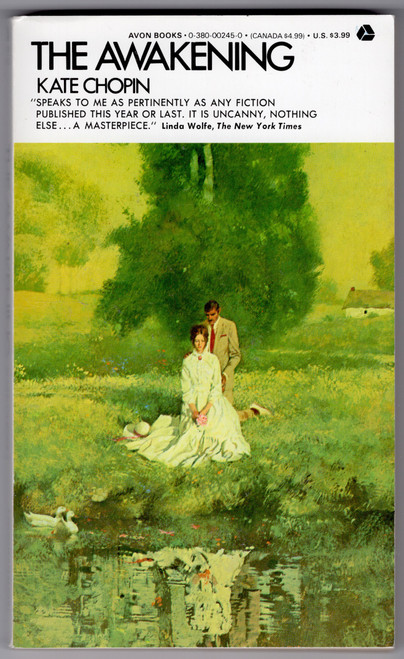Having done the longest day in literature with his monumental Ulysses, James Joyce set himself even greater challenges for his next book—the night.
"A nocturnal state...That is what I want to convey: what goes on in a dream, during a dream." The work, which would exhaust two decades of his life and the odd resources of some sixty languages, culminated in the 1939 publication of Joyce's final and most revolutionary masterpiece, Finnegans Wake.
A story with no real beginning or end (it ends in the middle of a sentence and begins in the middle of the same sentence), this "book of Doublends Jined" is as remarkable for its prose as for its circular structure. Written in a fantantic dream language, forged from polyglot puns and portmanteau words, the Wake features some of Joyce's most brilliant inventive work. Sixty years after its original publication, it remains, in Anthony Burgess's words, "a great comic vision, one of the few books of the world that can make us laugh aloud on nearly every page."
With an Introduction by John Bishop
Editorial Reviews
"Joyce's masterpiece...If aesthetic merit were ever again to center the canon, Finnegans Wake would be as close as our chaos could come to the heights of Shakespeare or Dante." --Harold Bloom, in The Western Canon
"Here words are not the polite contortions of twentieth-century printer's ink. They are alive. They elbow their way on to the page, and glow and blaze and fade and disappear." --Samuel Beckett
About the Author
James Joyce (1882–1941), an Irish poet and novelist, was one of the most celebrated writers of the twentieth century. His works include Ulysses, Finnegans Wake, and A Portrait of the Artist as a Young Man.






